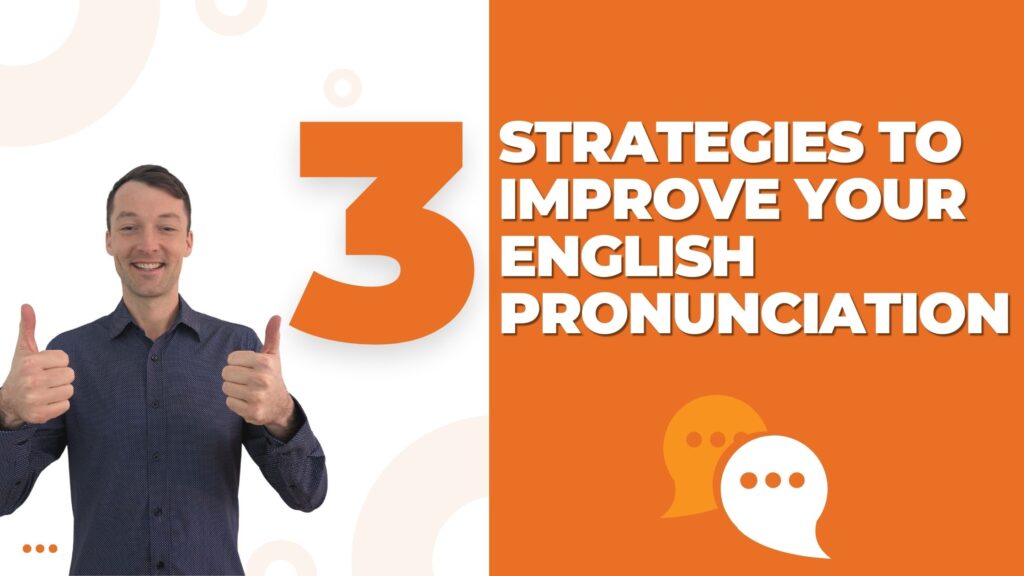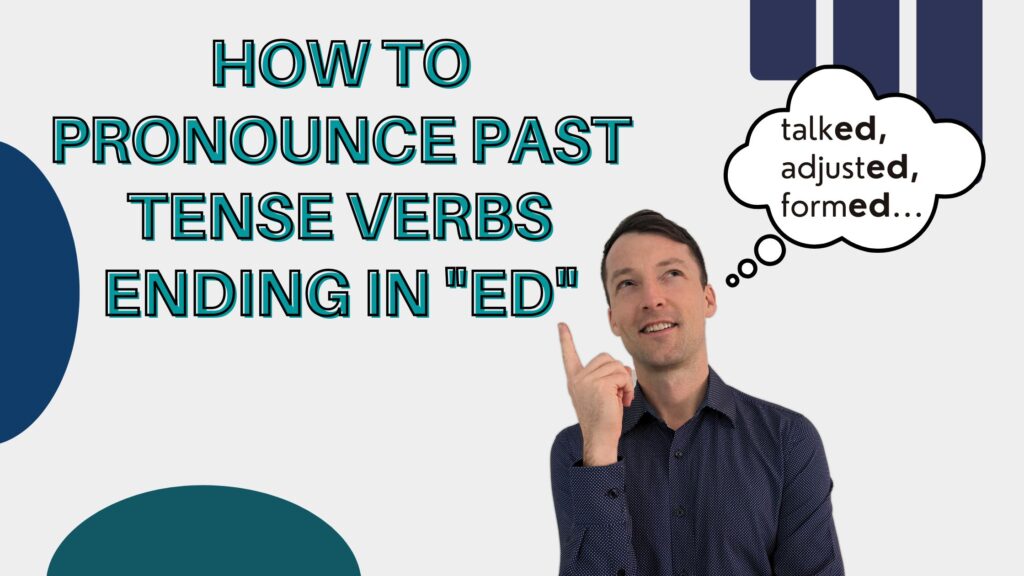Relative pronouns are pronouns that give us more information about a noun in a sentence. They also help us combine two sentences into one. We know that a pronoun takes the place of a noun. Relative pronouns, however, are a little different. Instead of replacing a noun, they “relate” to it by giving us more information about it. Like any pronoun, relative pronouns can be used with subjects, objects, or to show possession. In this posting I talk about how to use relative pronouns. I include many example sentences. The download at the end will give you additional practice combining sentences and getting more information using relative pronouns.
There are 5 relative pronouns: who, whom, whose, that, and which. Let is look at each one.
Relative pronouns that we use with people
- who–This relative pronoun is always used along with the subject of a sentence. Look at these sentences:
My mother speaks 3 languages. My mother was born in Europe. ![]()
The word mother is the subject of both sentences. Each sentence gives us a different piece of information about my mother. We can use who to give more information about my mother and combine the two sentences into one:
My mother, who was born in Europe, speaks 3 languages. ![]()
My mother, who speaks 3 languages, was born in Europe.![]() The word who relates to my mother, the subject. The meaning of both combined sentences is essentially the same.
The word who relates to my mother, the subject. The meaning of both combined sentences is essentially the same.
2. whom–This relative pronoun relates to an object. Look at these sentences:
I received a car as a present from my uncle. My uncle is a doctor. ![]()
The word car is the direct object of the sentence. If we combine the two, this is what we have:
My uncle, from whom I received a car as a present, is a doctor. ![]() Note that in the first single sentence, the word uncle is the object of a preposition. In the combined sentence, uncle becomes the subject and car becomes the object of a preposition. Whom relates to my uncle.
Note that in the first single sentence, the word uncle is the object of a preposition. In the combined sentence, uncle becomes the subject and car becomes the object of a preposition. Whom relates to my uncle.
Look at these sentences:
This is Sarah. You met her at my party last week. ![]()
When we combine them, this is what we have:
This is Sarah, whom you met at my party last week. ![]()
Note that many native English speaker confuse who and whom. Many simply don’t use whom, and use who for everything. Unless you are writing something for an academic journal or delivering a lecture to a university class, most Americans will not care if you use who for everything, even though it is technically incorrect.
Relative pronouns to use with things
- that–The relative pronoun that can relate to either a subject or an object.
Here is an example of that relating to a subject:
I read a mystery novel. It was very exciting. ![]() Note that the word novel is a direct object in the first sentence. When we combine the sentences, novel will become the subject, and that will relate to it.
Note that the word novel is a direct object in the first sentence. When we combine the sentences, novel will become the subject, and that will relate to it.
The mystery novel that I read was very exciting. ![]()
Here is an example of that relating to an object:
Joseph built a new house. The house is beautifully decorated. ![]() Note that house is the object. It will also be the object when the sentence is combined.
Note that house is the object. It will also be the object when the sentence is combined.
Joseph built a new house that is beautifully decorated. ![]()
We can also turn this sentence around so that house becomes the subject. We can still use that.
The house that Joseph build is beautifully decorated. ![]()
2. which–The relative pronoun which can also be used with both a subject and an object. Which has the same meaning as that.
Here is an example of which used with a subject.
I bought a used car. It caused me trouble.![]() The word car is direct object of the first sentence. When we combine the sentences, however, it will become the subject.
The word car is direct object of the first sentence. When we combine the sentences, however, it will become the subject.
The used car which I bought caused me trouble. ![]()
Below is an example of which relating to an object.
They used money to buy their new washing machine. The money came from their savings account. ![]()
The money, with which they bought their new washing machine, came from their savings account. ![]() Note that in the combined sentence, the word money becomes the object of a preposition.
Note that in the combined sentence, the word money becomes the object of a preposition.
If we go back to the car, we can use which to relate to an object as well. ![]()
I bought a used car which caused me trouble. ![]()
A relative pronoun to use with people and things
The relative pronoun whose shows possession. We can use it to show possession for both people and things. Look at the following sentences. The show whose relating to people.
My cousin is living in a hotel. His house burned down last week. ![]() In this case, we are focusing on two words, cousin and house. The house belongs to my cousin. Mu cousin possesses the house.
In this case, we are focusing on two words, cousin and house. The house belongs to my cousin. Mu cousin possesses the house.
My cousin, whose house burned down last week, is living in a hotel.![]()
Here is another example.
Bob Smith is a terrible tennis player. His father plays tennis professionally. ![]()
Bob Smith, whose father plays tennis professionally, is a terrible tennis player. ![]()
Here is an example of whose as it relates to showing possession for a thing.
My car is in the shop. Its brakes failed.![]()
My car, whose brakes failed, is in the shop.![]()
You now know that there are 5 relative pronouns: who, whom, whose, that, and which. They can be used as subjects, objects, or to show possession. They give us more information about the subject or object of the sentence. We also use them to combine two sentences into one. The download will give you more practice combining sentences using relative pronouns.
Idioms of the day
- a song and dance–This means to tell someone a long, complicated story that probably isn’t true, and is meant to mislead or distract the listener. I asked my boss why I didn’t get a raise, and he wouldn’t answer me. Instead he gave me a song and dance about how hard his life was.

- shake a leg–This means to hurry up. We’re running late, so please shake a leg and get ready.






